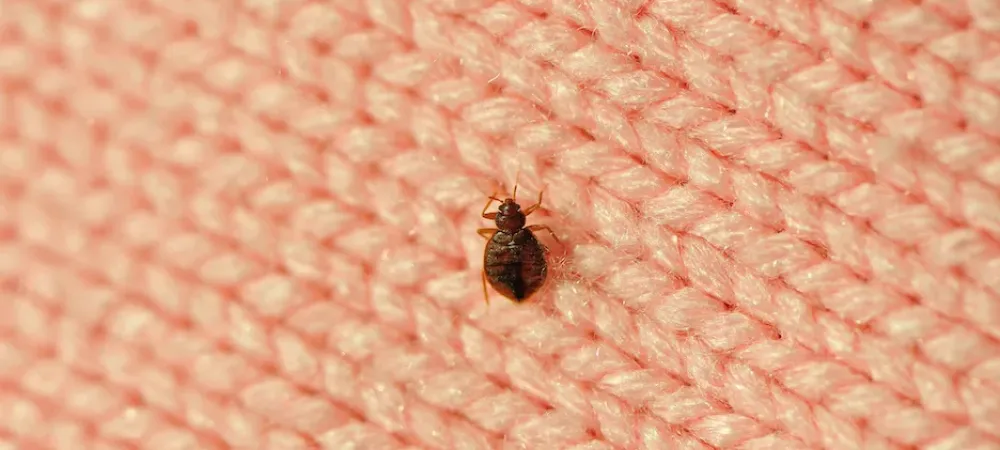What Do Bed Bugs Look Like?

They've been with us since the dawn of time. While we were still in caves, bed bugs were feeding on us. And, when we left those caves, they traveled with us--probably not inside suitcases and tote bags like they do nowadays, but these bugs have been hitching rides with us since the very beginning. That is why it's so important to recognize a bed bug when you see one. These are not bugs that will crawl out of the forest, crawl through your grass and squeeze in through a tiny crack in your foundation or exterior walls. They are carried into your home, often by you. So, if you go anywhere that is infested with bed bugs, it is vital that you recognize them when you see them.
General Bed Bug Identification
A bed bug will have a different appearance depending on the sex of the insect, whether or not it has had a blood meal, and at what stage of development it is in. But, in all stages, they are insects. You will see two antennae, six legs, and three body parts. Though it is sometimes difficult to distinguish the division between thorax and abdomen.
Male or Female Bed Bug?
Bed bug males and females are nearly identical, except that the end of the abdomen on a male bed bug is more pointed than that of a female. And, since the skin of a bed bug isn't fully opaque, the internal differences between males and females can cause a different pattern of black. But these patterns are not nearly as helpful for identification as the pointed abdomen.
Fed or Unfed Bed Bug?
When a bed bug feeds, it grows in size and changes its shape. An unfed bed bug is oval in shape and somewhat flat. As it fills with blood, it becomes more bloated and pill-shaped. This can significantly change its appearance, and it is something to definitely be aware of when attempting to identify this insect.
Adule Unfed Female and Male Bed Bugs
The most recognizable bed bug is the adult unfed female. Its abdomen is rounded at the end with distinct dark horizontal stripes and creases. Its skin is a dark reddish color, but it can appear almost black under certain lighting conditions. This skin is also transparent, and it is possible to see the internals of these bugs where black feces have coated their insides. When it has not had a blood meal, it will appear oval and flat, and be approximately 5 mm in length. That is about the size of an apple seed. While this may seem small, you are still likely to notice an adult bed bug if it is crawling on you. The male unfed bed bugs, as noted above, have an abdomen that is slightly more pointed than the female. Other than this small difference, they share all of the physical attributes of the female.
Developmental Stages
Bed bugs change their appearance significantly as they go from egg to adult. Eggs are tiny white capsules that can fit on the tip of a pen. These capsules will usually be in a batch, but they can also be found by themselves. If you find tiny white eggs in the seams of your luggage or attached to a piece of clothing, it is time to call a professional.
When bed bugs first hatch, they are mostly transparent and under 1 mm in size. Though small, they still have six legs, two antennae, and three body parts but they are much harder to see. In fact, you're not likely to see bed bug larvae unless one is feeding on you. When they fill with blood, they become half a size larger and the bright red blood inside their body is quite noticeable.
As bed bugs develop, they become less transparent, larger, and more dark-reddish in coloring. But, in all stages, it is still possible to see their insides.
What to do if You Find Bed Bugs in Your Home
These bugs have been living with us since the dawn of time. They know how to avoid our attempts to get rid of them. For effective extermination, call a professional like Witt Pest Management, who is QualityPro certified and trained to handle bed bug infestations with a wide range of effective options. We will get rid of bed bugs in Pittsburgh today!
